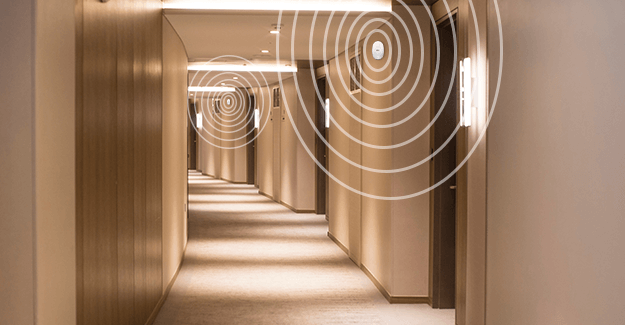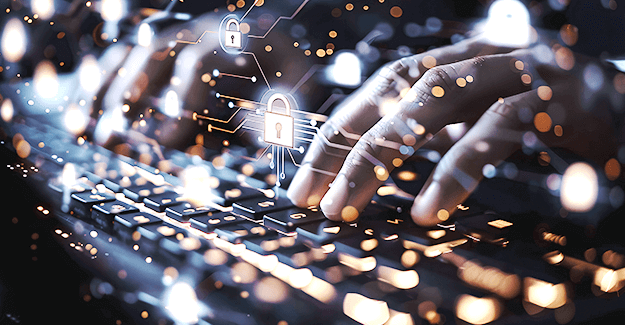Celebrate with Us! Thinix's Parent Company Achieves 2025 MSP 500 Prestigious Recognition!
How Are WiFi Signals Impacted as They Pass Through Walls & Other Obstructions?
Post Date:

WiFi signals can be significantly impacted as they pass through walls and other obstructions. This can result in a variety of effects, including decreased signal strength, slower speeds, and increased latency.
The degree to which WiFi signals are impacted by walls and other obstructions depends on a variety of factors, including the type and thickness of the materials that the signals are passing through, the frequency of the WiFi signal, and the distance that the signals must travel. In general, WiFi signals tend to be more easily absorbed or reflected by materials that are dense or have a high water content, such as concrete or metal.
To minimize the impact of walls and other obstructions on WiFi signals, it is important to position access points strategically, and to use enough devices properly cover the space when taking into account the building materials in place.
- A single wood construction wall can degrade a signal by as much as 70% compared to open air
- A concrete floor or wall can degrade a signal by as much as 90%
These statistics are why most new properties are putting access points in the guest rooms so they will never have to worry about having a strong enough signal.
Read our blog post about how we create predictive heat maps to ensure strong signals before a single cable is ran: How do WiFi Planning Tools Ensure my Guest WiFi Installation Plan Will Work?
Discover How to Optimize Your WiFi Coverage
